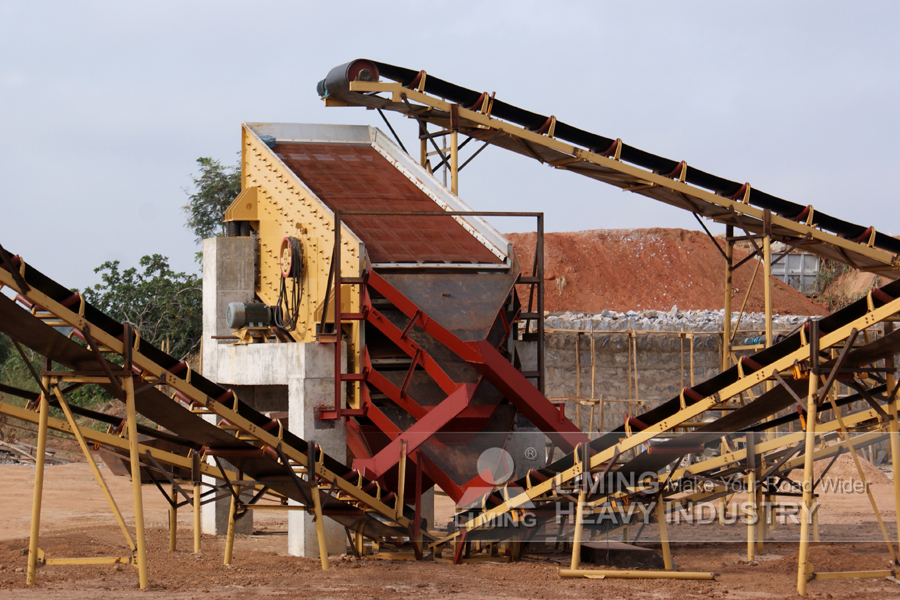Vibrating Screens save space and weight, and operate on little power because
the screening surface may be actuated by vibrating, gyrating or pulsating
movement of small amplitude, but at frequencies that normally exceed 3000
cycles per minute. Combination of frequency of vibration (speed) and amplitude
(throw), affects performance of any vibrating screen. A correct combination of
slope and direction of mechanism of rotation is vital for inclined screens. The
larger the opening the greater the amplitude needed for a screen. Vibrating
screens are mainly divided into two classes. Mechanically vibrated and electrically
vibrated.

The mechanical shaking screen comprises of a rectangular frame with perforated
steel or wire cloth. It is usually inclined and suspended on loose rods or cables.
They are used mainly for special tasks of coarse screening. The screening media
that are normally in use are of many classes. Following are some of the
commonly used media in the stone crushing industry.
• Bars or rods of the grizzly vibrator or feeder.
• Perforated screen plates, sheets, or plates of metal with round or squares
openings.
• Wire cloth (woven of metal wires or fabric) for very fine screening,
• Rubber-clad perforated screen plate
• Profile screens having small parallel tapered bars for de-watering and fine
screening
• Polyurethane modular panels
• Polyurethane tensioned mats
• High tensile steel wire screen decks.
